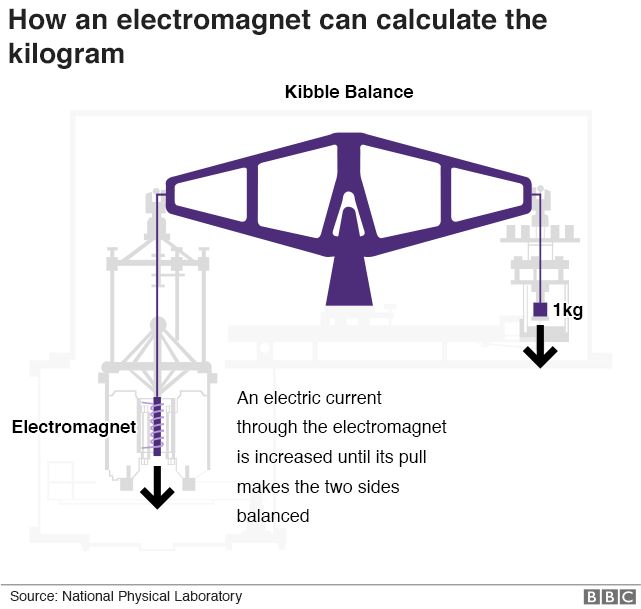The New Kg.
Jun 03, 2019 • 1 view
World metrology day, 20th May, embarked a new change this year. A redefined international system of unit, i.e. Kilogram. India, like many other countries, has also accepted this change. India’s nod came from the National Physical Laboratory (NPL).
It will not, however, change your weight without you working out.
Kilogram
The definition of the kilogram was constant, all over the world. Even with different countries using a different weight like the pound, kilogram still remained the widely used weight metric.

International Bureau of weights and measures in Sevres France coined the earlier definition of kg in 1889. It was the weight of a certain amount of Platinum-Iridium alloy housed in the same facility. It’s also called Big K. It has been kept in a secure environment so that it does not corrode. But, still, because it was man-made, the prototype’s weight changed by a minimal amount (50mg). This interfered with the original definition.
Coining the definition of kilogram based on a physical object was a mistake.
The New Definition of Kilogram
Planck constant has been used as a reference for measuring new kg. Kebble balance has been successfully employed to weight the measure of the kilogram.
Let us understand the Planck. Light is nothing but a mixture of photos. And photon is nothing but the smallest unit of electromagnetic radiation. From E=hv, Planck constant was precisely measured. And now from this accurate measurement, Kg will be measured.
It is defined by taking the fixed numerical value of the Planck constant h to be 6.62607015×10−34 when expressed in the unit Js, which is equal to kg⋅m2⋅s−1

Has this happened before?
Yes! The definition of meter was earlier defined by a physical bar. Then it was changed and defined with reference to the speed of light.
That’s all for now. Later!
